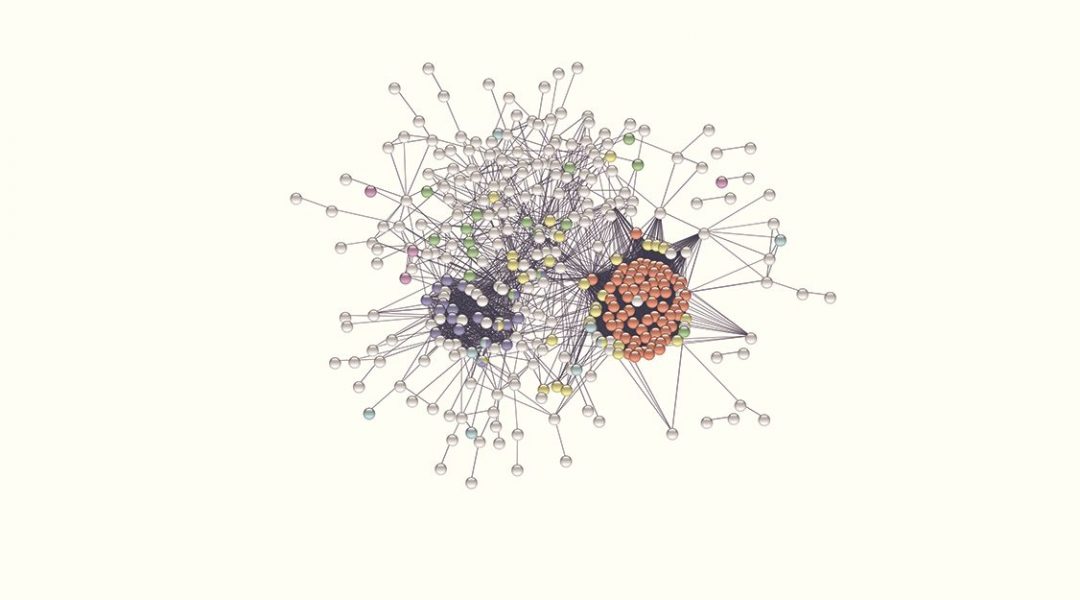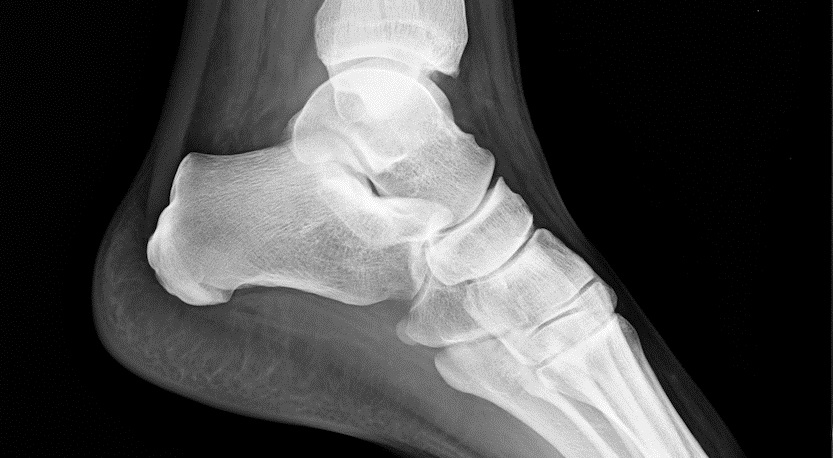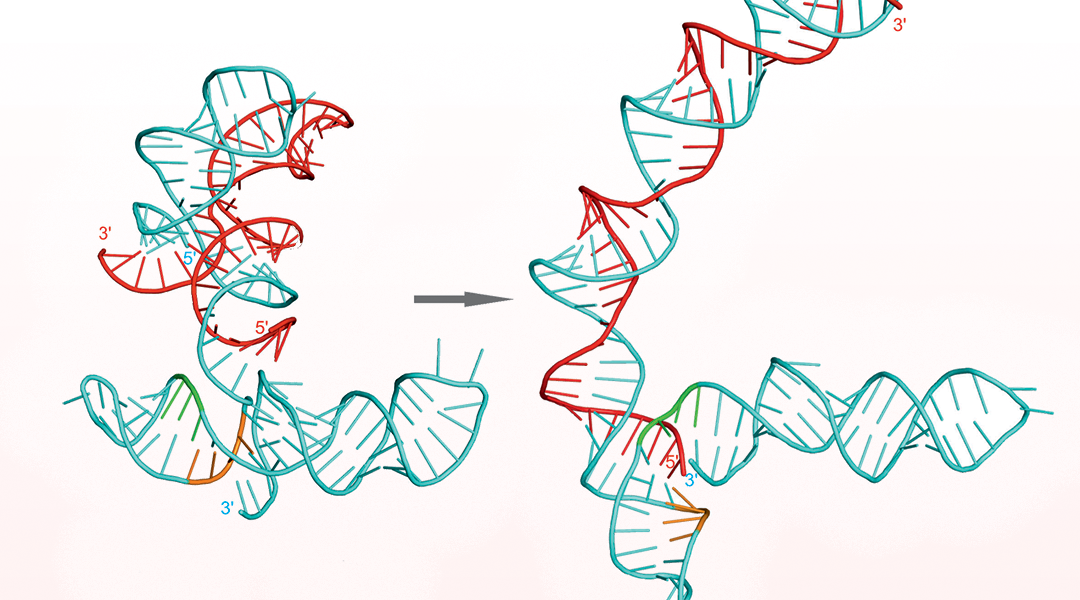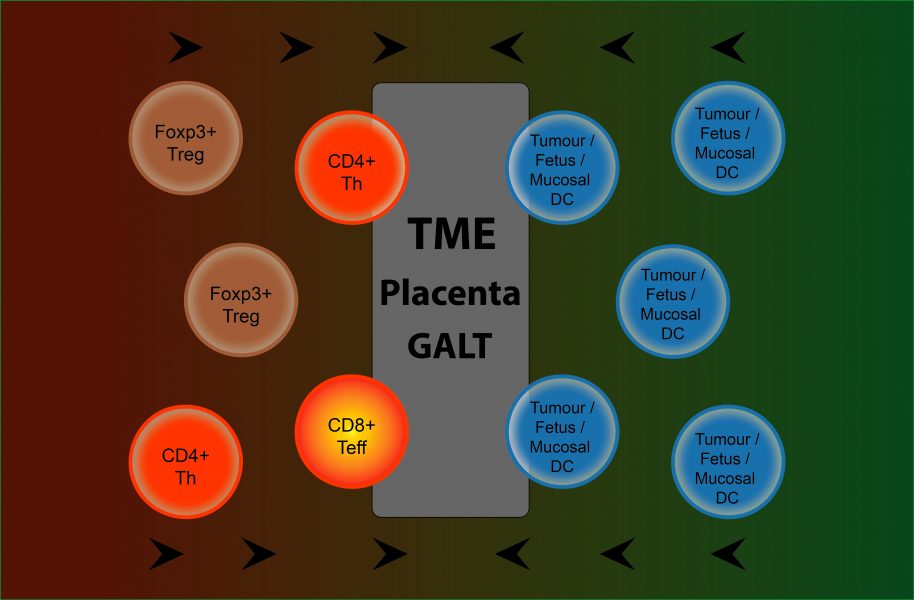The key players within the pathways of RNA decay are well conserved with their mutation or disruption resulting in distinct phenotypes as well as human disease.


The key players within the pathways of RNA decay are well conserved with their mutation or disruption resulting in distinct phenotypes as well as human disease.

Recent proteome‐wide approaches have greatly expanded the census of RNA‐binding proteins, discovering hundreds of proteins that interact with RNA through unconventional RBDs.

A collection articles that highlight the outstanding work in the areas of Health, Medical and Life Sciences published in Advanced Science.

A team of American researchers tested the possibilites of using Raman spectroscopy to assess collagen structure or collagen integrity in bone.

Check out the latest covers of Advanced Healthcare Materials!

Bacterial plasmids constitute a wealth of shared DNA amounting to about 20% of the total prokaryotic pangenome. Plasmids replicate autonomously and control their replication by maintaining a fairly constant number of copies within a given host. Plasmids should acquire a good fitness to their hosts so that they do not constitute a genetic load.

Recent advances in aptamer-mediated siRNA delivery systems for RNAi therapy ranging from anticancer therapy to antiviral therapy.

In their ‘Think again’ article published in BioEssays, Megan Barnet and colleagues discuss how insights from fetal allografts and microbes can lead to a better understanding of immune tolerance in cancer.

Machine Learning (ML) is a well‐known paradigm that refers to the ability of systems to learn a specific task from the data and aims to develop computer algorithms that improve with experience.

Quantitative systems modeling aims to integrate knowledge in different research areas with models describing biological mechanisms and dynamics to gain a better understanding of complex clinical syndromes.